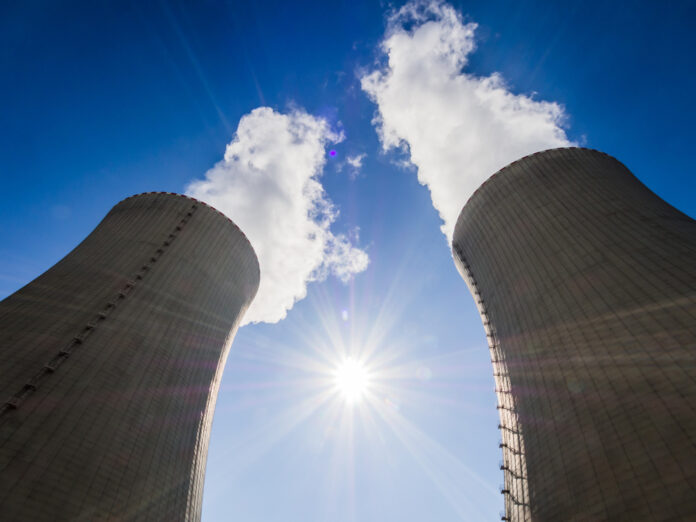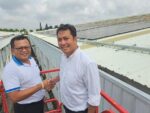The Department of Energy (DOE) said the Philippine government is exploring several financing models to support the possible inclusion of nuclear power in the country’s energy mix.
In a statement Sunday, the DOE said discussions on infrastructure development and financing strategies were held with experts from the International Atomic Energy Agency (IAEA), private sector representatives, and other government agencies during the National Workshop on Nuclear Power Infrastructure and Financing last week.
“As the first financing workshop with the IAEA, this marks another important step in our country’s continuing efforts to explore the potential of nuclear power as a viable option in achieving energy security, economic development, and a sustainable future for the Philippines,” Energy Undersecretary Giovanni Carlo Bacordo said.
He added that the workshop will help the country pursue nuclear energy “that balances ambition with prudence, and innovation with responsibility.” Bacordo also said the Philippines is “taking a leap forward with the discussions on financing like public-private partnerships, green financing and other viable models that could help shape the future of nuclear energy for the Filipinos.”
The DOE-led Nuclear Energy Program Inter-Agency Committee emphasized the importance of gathering experts and stakeholders to discuss key issues in nuclear development, including infrastructure and financing mechanisms.
According to the DOE, financing nuclear energy projects presents both challenges and opportunities, citing high upfront costs, long development timelines, and complex regulations that make securing investments difficult.
IAEA energy economist Brianna Lazerwitz said there are currently 416 nuclear reactors operating worldwide and 63 more under construction across 31 countries. “For the fifth year in a row, IAEA global nuclear electric capacity projections for 2050 have been revised upwards… In the high case scenario, nuclear electric capacity is set to rise by 160 percent or 992 gigawatts (GW), up from 377 GW at the end of 2024. Even in the low case, capacity is expected to grow by 50 percent to 561 GW globally,” she said.
Lazerwitz added that while various financing models exist, strong government involvement remains essential, particularly in structuring financing and managing risks.
Under the Philippine Energy Plan 2023–2050, the government aims to develop at least 1,200 megawatts (MW) of nuclear capacity by 2032, double it to 2,400 MW by 2035, and reach 4,800 MW by 2050.







